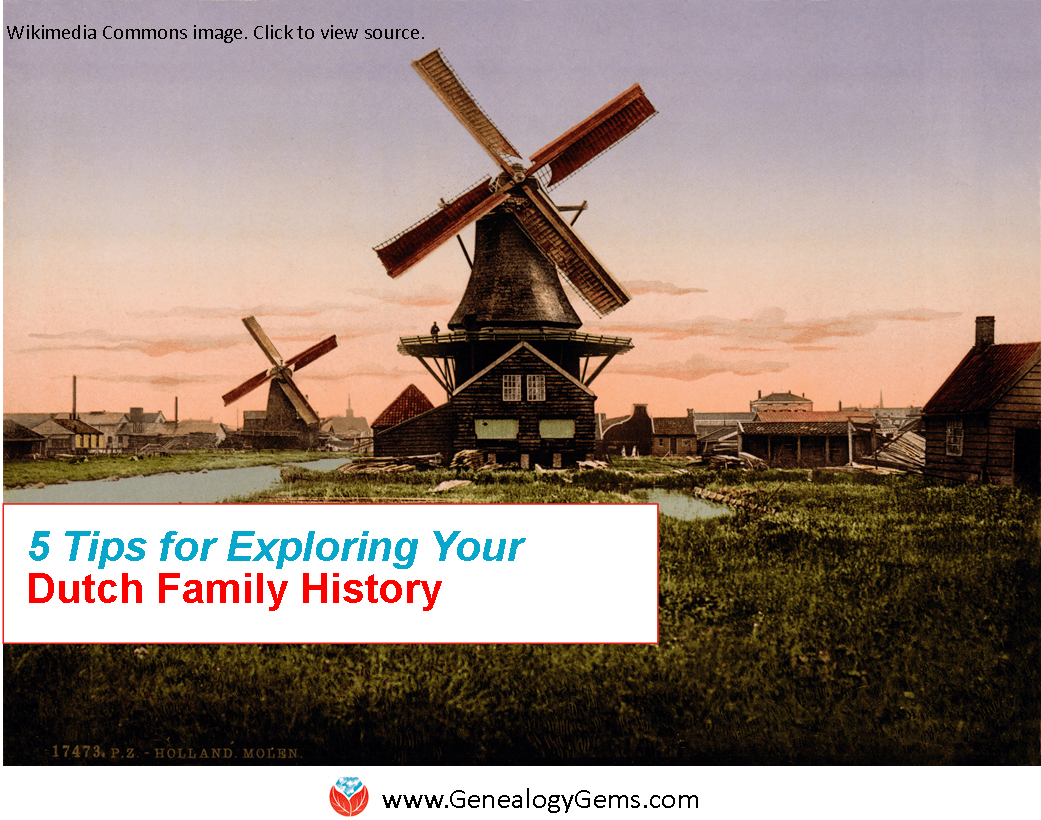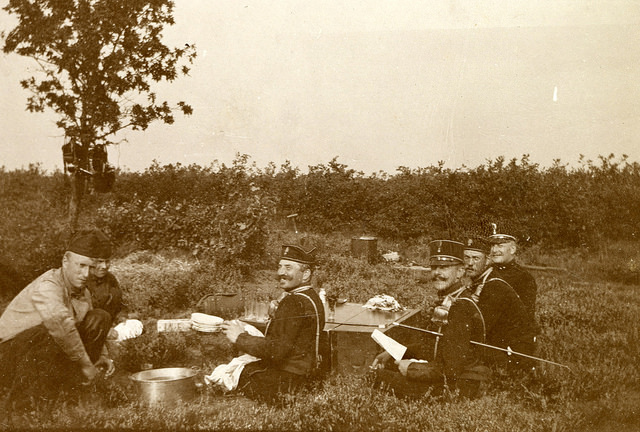by Lisa Cooke | May 23, 2013 | 01 What's New, Military
Here’s the latest from the National Archives:
National Archives Marks 150th Anniversary of U.S. Colored Troops

Sic semper tyrannis – 22th Regt. U.S. Colored Troops, 1864. Bowser, David Bustill, 1820-1900 , artist
Washington, DC. . . Marking (the) 150th anniversary of its creation, the National Archives announces the completion of the United States Colored Troops (USCT) Service Records Digitization Project, in partnership with Fold3. For the first time, this collection – nearly four million images of historic documents with detailed information on former slaves – is available online to anyone, anywhere.
On May 22, 1863, the War Department issued General Orders 143, establishing a Bureau of Colored Troops in the Adjutant General’s Office to recruit and organize African American soldiers to fight for the Union Army. These service records – including those of the men of the famed 54th Massachusetts Infantry featured in the movie Glory – are a treasure trove for genealogists and a rich source of documentation on the black experience in America during the Civil War.
Researchers may be surprised to find that the USCT military service records hold not only muster rolls but also a huge array of personal papers that can include enlistment papers, correspondence, orders, prisoner-of-war memorandums, casualty reports, and final statements. Starting in October 1863, slave owners could enlist their slaves and receive up to $300 upon filing a “manumission” or deed of ownership. Unique to some of the records of the USCT are these deeds of manumission and bills of sale. For genealogists, these records may offer the only source of documentation of an enslaved ancestor in the absence of other vital records.
For the first time, these valuable historical records are available online, thanks to Fold3, and to National Archives staff and volunteers who spent years preparing, preserving, microfilming, and digitizing them. The collection is available free of charge to non-subscribers on www.fold3.com/category_268 today through May 31, and can be accessed for free at any time on computers at National Archives research facilities nationwide.
In total, the USCT consisted of seven cavalry regiments; 13 artillery regiments plus one independent battery; 144 infantry units; two Brigade Bands; and other miscellaneous smaller units. Records are arranged by regiment and then alphabetically by surname of the soldier.
The USCT fought in 39 major engagements and more than 400 other ones. Sixteen African American soldiers received the Medal of Honor. The last USCT regiment was mustered out of Federal service in December 1867.
One soldier chronicled in the records is Edmund Delaney, a slave who served in Company E of the 117th USCT Infantry. Delaney was 25 years old when he enlisted in August 1864. His owner, Harvey C. Graves of Georgetown, Kentucky, filed a compensation claim for Delaney’s military service in December 1866, stating that Delaney was “purchased at private sale when he was quite a small boy.” Graves attached to his “proof of ownership” a rare photo of Delaney, and letters Delaney had written to him while serving in Brownsville, Texas.
Another soldier’s file reads like an ultimate page turner and details the tragic story of Fortune Wright, a free black man before the Civil War who served in the 96th USCT Infantry. Read USCT project manager Jackie Budell’s fascinating Prologue “Pieces of History” blog post.
More information:
by Lisa Cooke | Mar 26, 2016 | 01 What's New, Church, Listeners & Readers
A Dutch genealogy researcher writes in with tips and encouragement for finding your family history in The Netherlands.
Niek in Arnhem, The Netherlands recently wrote in with 5 excellent and enthusiastic tips for exploring your Dutch family history. Here’s what he had to say about the civil registry, surnames, church records, land records and royal lineages:
“About three years ago my father got diagnosed with skin cancer and to help him get his mind of things I opened up an account on MyHeritage for us, so we could start working on our family tree together. Maybe I have some tips that could be of some value for your listeners with roots in The Netherlands:
1. Civil registry. In 1811, the civil registry was introduced by the French, who ruled the country. This meant that municipalities were obliged to keep the records (marriage, death and birth) of their citizens. That system hasn’t changed much since 1811 and most of the information can be found online on websites like www.wiewaswie.nl and www.geneaknowhow.net (the latter has some English translations as well). It’s very easy to find your Dutch ancestors [back] to 1811. For example, I know the names and most of the date of births and deaths of 60 of my 64 four-times great-grandfather who lived during the introduction of the civil registry.
For me, the most exciting thing about these post-1811 documents is that they were often signed by the father of the newborn or by the bride and groom. To see the 200 year-old signature of your ancestor can really send shivers down the spine! [Click here to read more about Dutch civil registration on the FamilySearch wiki.]
2. Surnames. The introduction of the civil registry also meant that citizens had to have a last name. Up to then last names were used, but not mandatory. It could be that last names would change after a generation. For example, my last name, Lucassen means Son of Lucas, my oldest paternal ancestor I could find was named Lucas Jans, which means Lucas, son of Jan. And his son was called Jan Lucassen, and this last name was passed down the generations (although some of his children had Janssen, son of Jan, as a last name).
3. Catholic church records. I am from the province of Brabant, which was a Catholic province. Before 1811, records were kept by the church. The Catholic church was particularly skilled at keeping records and information. Although they unfortunately don’t have dates of birth and dates of death, they used to register the dates of baptism and burial. (A baptism date isn’t the same as a a date of birth, although, in the civil registry marriage certificates, the date of birth is the same as the date of baptism.) [Click here for a FamilySearch wiki article on Dutch church records.]
4. Land records. Apart from the church the municipalities kept records of sales of land and property, which is a great way to find out more about the family relations of your ancestors, and about the houses they may have owned. For many parts of the country, these records can easily go back to the 17th century. [This FamilySearch wiki article tells you more about Dutch land and property records.]
5. Royal lineages. If you’re lucky you’re able to connect one of the branches of your family tree to nobility, as many parts of The Netherlands and the rest of Europe were ruled by knights and viscounts. If this is the case in your family, you can easily climb up in your family tree for several centuries because the family relationships of nobility is very well documented and an important part of their heritage (like the story you told about your visit to Windsor Castle) because of the possession of land over which they ruled. Sometimes you do hit a dead-end when a parent of one of your ancestors isn’t known, or isn’t known for certain. But some of the lines travel back really, really far! [Click here for a FamilySearch Wiki article with more on researching noble lines.]
More Dutch Genealogy Gems

“Exercise Field Artillery Corps” album, image AKL092038, Netherlands Institute of Military History uploads at Flickr Creative Commons, https://www.flickr.com/photos/nimhimages/16026248719/.
Dutch Reformed Church Records (U.S.) on Ancestry.com
Europeana Digital Archive: World War I Collection
Netherlands Military Institute of History has Flickr Photostream



